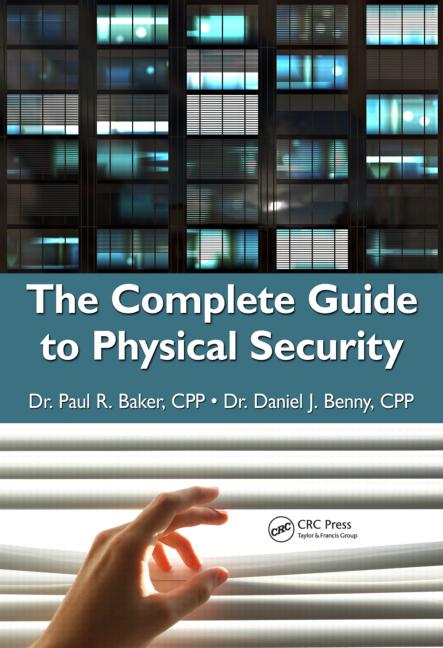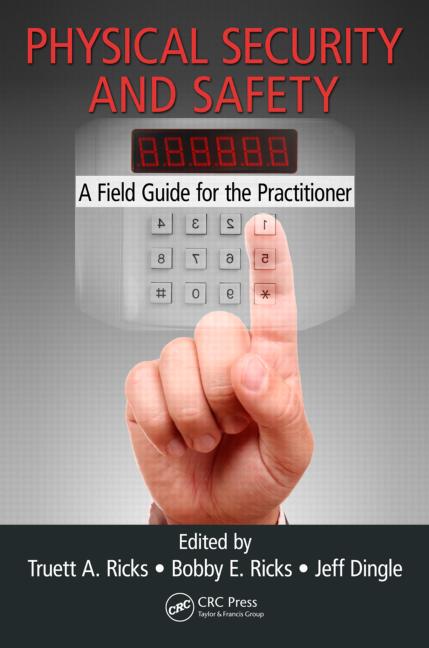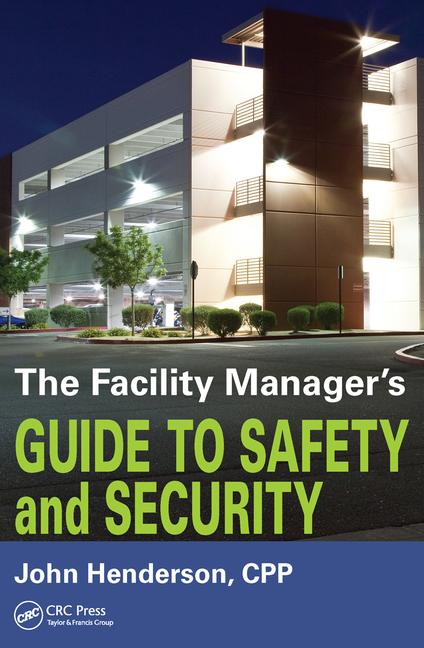
With the radio emergence of Voice over Internet Protocol (VoIP), telephone service as we have known it is taking a dramatic turn. The telephone switch will soon be a thing of the past. Even regulated telephone companies, heavy users of what is now becoming obsolete technology, are transitioning to VoIP.
In the switched telephone world, what we know as POTS (plain old telephone service), telephone calls are placed from copper wire pairs at the premises, to copper pairs, to the call’s recipient. In a total VoIP world, voice is converted to data packets and routed over IP, sometimes over the public Internet, then converted back to voice.
It is rapidly becoming a new world of communications where VoIP is a “disruptive†technology redefining telephone service, much like how the automobile was disruptive to the horse and buggy.
The security industry felt somewhat safe with its old friend POTS and various forms of radio backup, largely from cellular AMPS providers. The AMPS control channels, one per set of analog or voice channels, are used by the security industry to send alarm data. AMPS is being “sunseted†in February 2008 in favor of the totally digital solutions of GSM and CDMA. When AMPS disappears, so do the control channels and an estimated 750,000 alarm units will cease to transmit.
In the mid 1980s The National Fire Code (NFPA 72) finally recognized POTS for commercial fire alarm transmission. After a near quarter century of stability, the floor has fallen — almost resembling an earthquake. POTS is giving way to VoIP. AMPS is soon to become history. The surge of VoIP and the sunset of AMPS is causing a vacuum to exist for alarm transmission.
Industry committees, such as the Alarm Industry Communications Committee (AICC), are trying to help by working with VoIP providers to educate them on what the industry requires. In addition, the committee is working with NFPA and UL to reasonably accommodate new technologies and is asking the FCC and Congress to mandate notification to end-users of the fact that their alarm systems may not communicate properly over a VoIP channel.
It is estimated that 26 million digital alarm communicators or “dialers†are in use today in both residential and commercial systems in the United States and more are being installed every day. This legacy issue is driving a “temporary†solution. But the ultimate solution will be a direct IP solution using broadband connections.
Many feel the Internet has not yet reached the level of reliability needed, and certainly standby power is an issue. Not only is standby power needed on premises, but all along the way to the final end point. While many higher quality Internet Service Providers (ISPs) do have power backup, many do not.
The VoIP and cellular providers, with their own business plans, are not necessarily sympathetic to the alarm industry. One exception is the cable industry, which is working closely with the alarm industry to reach an agreeable solution.
As I mentioned earlier, the ultimate answer is direct IP. Competitive forces and, possibly, regulatory agencies will drive ISPs to provide more reliable service. The result will be faster alarm transmission exceeding everyone’s wildest dreams of supervision and reliability.
What’s an alarm company to do it the meantime?
- Become more educated on IP.
- Immediately, stop installing AMPS-based backup radios or at least have an agreement in place with customers providing for a changeout to digital cellular units.
- Plan for the replacement of the already installed AMPS units.
- Make sure periodic testing (at least monthly) of all dialers is in place.
Remember, change is inevitable and is usually good if you are prepared for it.


